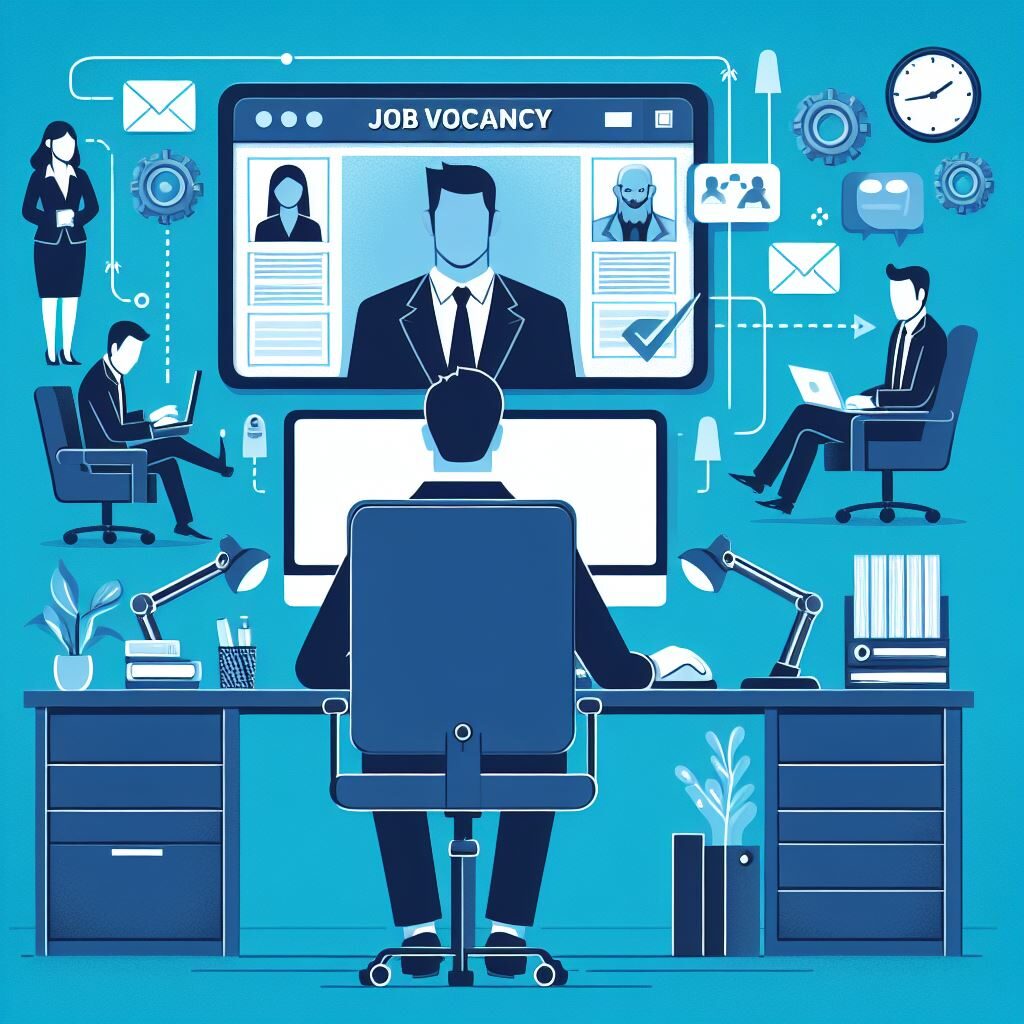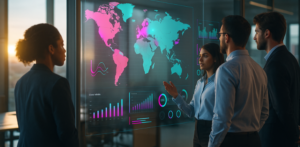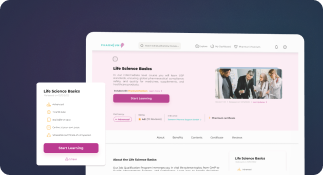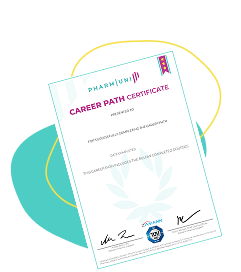
Introduction
Attracting top talent can be a daunting task. With numerous job openings vying for attention, it’s crucial to craft job descriptions that stand out and entice qualified candidates to apply. A well-written job description not only outlines the role’s responsibilities but also paints a vivid picture of the company culture and growth opportunities.
The Importance of Writing Compelling Job Descriptions
Job descriptions play a crucial role in the hiring process. They are the first point of contact between your organization and potential candidates. A compelling job description can help you grab the attention of top talent and make them excited about the opportunity. On the other hand, a poorly written or generic job description can deter qualified candidates from applying.
To write a compelling job description, you need to go beyond simply listing the responsibilities and qualifications. You need to paint a picture of what it’s like to work for your organization and why the role is exciting and rewarding. By doing so, you can attract candidates who are not only qualified but also passionate about the opportunity.
Understanding Your Target Audience
Before you start writing your job description, it’s important to understand your target audience. Who are the ideal candidates for the role? What are their motivations, aspirations, and pain points? By understanding your target audience, you can tailor your job description to resonate with them.
Start by creating candidate personas. These are fictional representations of your ideal candidates. Consider their demographics, professional background, goals, and challenges. By putting yourself in their shoes, you can better understand what they are looking for in a job and how to appeal to them.
10 steps to writing compelling job descriptions

The job title should accurately reflect the role and resonate with potential candidates. Avoid using internal jargon or overly creative titles that may confuse applicants.
For example, instead of “Customer Success Ninja,” opt for “Customer Success Manager.”
Begin the description with a brief overview of the role’s primary objectives and key responsibilities. This summary should highlight what makes the position exciting and why candidates should consider applying.
For instance, “We’re seeking a skilled software engineer to join our innovative team, responsible for developing cutting-edge solutions in the field of artificial intelligence.”
Clearly outline the day-to-day tasks and duties expected from the successful candidate. Use bullet points or a numbered list to make it easy to read and understand. Be specific about expectations but also leave room for creativity and growth.
For example, “Manage client onboarding process, including conducting training sessions and troubleshooting technical issues.”
Detail the qualifications, skills, and experience required for the role. Differentiate between “must-have” and “nice-to-have” qualifications to attract a diverse pool of candidates while ensuring they meet the essential criteria.
For instance, “bachelor’s degree in marketing or related field required; experience with Google Analytics and SEO preferred.”
Showcase your company’s culture, values, and mission to appeal to candidates who align with your organization’s ethos. Highlight perks, benefits, and unique selling points that set your company apart.
For example, “Join a collaborative team dedicated to making a positive impact on society, with flexible work hours and opportunities for professional development.”
Write in a tone that resonates with your target audience and reflects your company culture. Avoid using clichés and generic phrases that may deter potential candidates. Instead, use action-oriented language that inspires excitement and confidence.
For instance, “Join our dynamic team of innovators shaping the future of technology.”
While some companies prefer not to disclose salary upfront, providing a salary range or benefits information can attract candidates who prioritize compensation and perks. Transparency builds trust and demonstrates respect for candidates’ time and expectations.
For example, “Competitive salary commensurate with experience, along with comprehensive health benefits and performance bonuses.”
Incorporate relevant keywords and phrases related to the job title, industry, and location to improve the visibility of your job posting in online searches. Use tools like Google Keyword Planner to identify popular search terms and integrate them naturally into your description.
For example, “Seeking experienced graphic designer in New York City with proficiency in Adobe Creative Suite.”
Clearly outline the application process, including how candidates should submit their resumes, portfolios, or any additional documents. Specify the deadline for applications and set expectations for follow-up communication. Make it easy for candidates to apply by providing direct links or contact information.
For example, “To apply, please email your resume and portfolio to careers@example.com by [deadline].
Before publishing the job description, proofread it thoroughly to check for spelling, grammar, and formatting errors. Test the readability and clarity of the content by asking colleagues or peers to review it.
Ensure the job description is accessible to all candidates, including those with disabilities, by following accessibility best practices.
Conclusion
By following these 10 steps, you can create job descriptions that not only attract top talent but also effectively communicate your company’s values and culture. Remember to regularly review and update your job postings to reflect evolving priorities and requirements, ensuring you continue to attract the best candidates in the competitive job market.

USP Requirements: Clear, Practical, Audit-Ready
Understand usp requirements without the jargon. This guide explains USP 800, 797, and 795, plus testing, impurities, and water. You get quick comparisons, step-by-step actions, and pro tips. Improve audits, reduce risk, and align teams with practical, compliant processes that scale across pharma workflows.

Pharmacovigilance Roles: Where the Jobs Are Now
Discover where pharmacovigilance roles are hiring now across CROs, sponsors, and MedTech. Learn the skills, tools, and certifications that unlock drug safety jobs, see pay and remote realities, and follow a 90-day ramp plan.
What is the Purpose of GMP ALCOA for Data Integrity?
Learn how GMP ALCOA principles drive trustworthy records, meet Part 11 and Annex 11, and reduce audit risk. See actionable controls, checklists, and comparisons. Use pro tips, templates, and CTAs to start training on Pharmuni and improve data integrity across labs and manufacturing.


